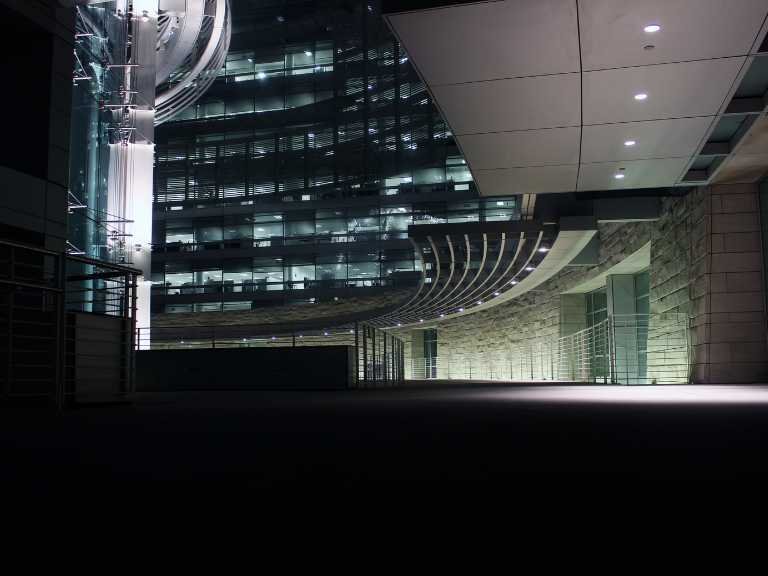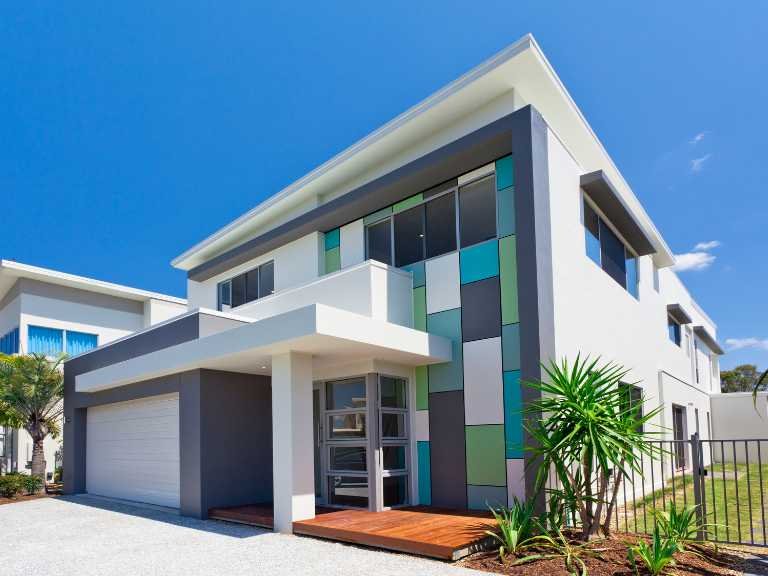Analyze the history of technology and architecture
Technology has profoundly affected the history of architecture, from the first examples of artificial stone structures to modern skyscrapers. The use of steel and reinforced concrete in early towers to 3D printing, computer rendering, and intelligent materials has enabled us to push boundaries when constructing new buildings. Analyzing this timeline can provide insight into how technological development has shaped our understanding of architectural design principles, allowing us to build bigger and more complex projects than ever.
Architects today can build projects that reach beyond our wildest dreams thanks to advancements in technology. One of the most significant technological developments in architecture has been the move from manual labor to faster and more accurate machines. Early 20th-century builders utilized steam engines, mechanized drilling equipment, and steel mills to construct buildings more quickly and precisely than ever. This period saw a massive influx of skyscrapers that would define the skylines of cities worldwide. By the end of the 20th century, computer-aided design (CAD) programs such as AutoCAD allowed architects to visualize their projects in 3D before even breaking ground. Technology has recently impacted green designs, with many architects incorporating renewable energy sources into their plans.

Recent technological advances have allowed architects to create complex, imaginative designs that span multiple mediums. 3D printing has opened doors for architects, allowing them to print all shapes and constructions. Furthermore, robotics are being used to automate the construction process, which saves time and money in the long run. Augmented reality also allows architects to visualize their projects before they start building, providing a way to virtually experience the design of a structure and predict potential problems ahead of time. Technology has also connected customers with architecture firms worldwide, making it easier than ever to collaborate on international projects regardless of geographic constraints.
Examine modern technologies used in architecture
Modern technology has revolutionized the way we design and build our architectural projects. Intelligent materials, robotics, 3D printing, computer modeling, and advanced engineering all allow us to rethink traditional construction methods. These technologies can open up new possibilities for exploring innovative forms and structures, allowing Architects to break away from conventional design principles. These cutting-edge technologies enable modern architects to create unique interactions between humans and architecture while remaining conscious of energy usage and sustainability.

Intelligent materials are mainly used by Architects. These materials, such as liquid crystal and shape-memory alloys, respond to external stimuli such as heat or light to alter their physical properties. These intelligent materials have applications from actuating components like walls and windows to passively controlling the building environment, such as automatically adjusting shading and ventilation. Robotics are used for tasks that would otherwise be too labor-intensive or require precise movements, boosting efficiency and allowing repeated processes with high accuracy. 3D printing will enable designers to produce full-scale 3D models with complex geometries while enjoying a quicker turnaround time than traditional manufacturing methods. Computer modeling allows architects to simulate form, behavior, and interaction with an environment and even test its sustainability while saving time and money. Such tools can help architects create designs with precise parameters regarding size, shape, and materials used in construction – enabling them to maximize their design potential within the given budget.
Today, technology not only increases the efficiency of design and production but also allows for longer-lasting and more unique structures that take advantage of sustainable materials. Digital technologies have allowed architects to think in new ways and create innovative forms, allowing them to explore areas of architecture that were previously difficult or even impossible. By incorporating advances in virtual spaces and robotics into their design methods, architects can streamline project completion times and create buildings that benefit both from technological advances and the environment.
Assess the potential for sustainable building materials and technologies in contemporary structures
Sustainable building materials and technologies have become increasingly important in the infrastructural landscape. This is due to environmental concerns, and economic realities as cost-efficient construction become a priority. Buildings such as skyscrapers, stadiums, residential housing, and other significant structures require more sustainable materials to reduce their environmental impact. Technology advancements have enabled us to explore eco-friendly options such as natural insulation, recycled window treatments, solar panels, rainwater harvesting systems, and green roofs. Architects have the potential to make a strong statement about our shared commitment to sustainable development by applying these modern technologies within their designs.

From natural to recycled materials, architects have access to an array of options and should capitalize on the potential for sustainability. Natural insulation such as cellulose, fiberglass, and cork is made from renewable sources rather than toxic coils, urethanes, or chemicals. Windows utilizing treated glass can ensure energy efficiency by controlling heating, cooling, and ventilation loss. Solar panels provide a clean energy source; rainwater harvesting systems take advantage of a daily downpour; green roofs help reduce heat impact in densely populated areas. These innovations will play a significant role in minimizing the environmental footprint of large-scale structures while still providing an economically viable solution.
Additionally, new and emerging technologies, such as augmented and virtual reality, can revolutionize the way architects design buildings. 3D printing, robotics, drones, and Artificial Intelligence have drastically altered the landscape of architecture by taking it beyond traditional block models. This technology also has the potential to lower costs while increasing energy efficiency. Finally, wireless technology, from structural monitoring systems to automated access control systems, allows for tighter control in contemporary structures, leading to heightened security, reduced operating costs, and improved environmental performance.
With these technological advances, the scope of architecture can now traverse beyond traditional boundaries and into more creative territories. Architects no longer have to limit their designs to conventional building materials such as bricks, blocks, and mortar. Instead, architects can explore the potential of sustainable building materials such as bamboo, hempcrete, and hemp-derived composites, which can be recycled and reused with minimal environmental damage. As well as reducing costs, using materials like these increases the sustainability of architectural structures, which is necessary for protecting our planet from further climate change.




